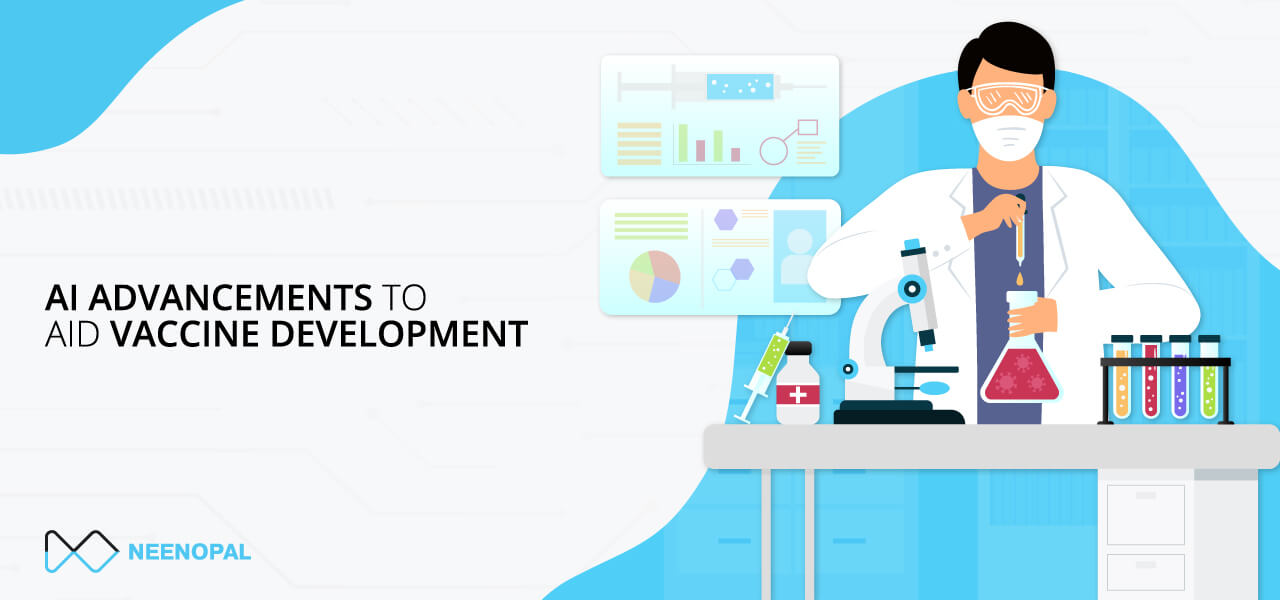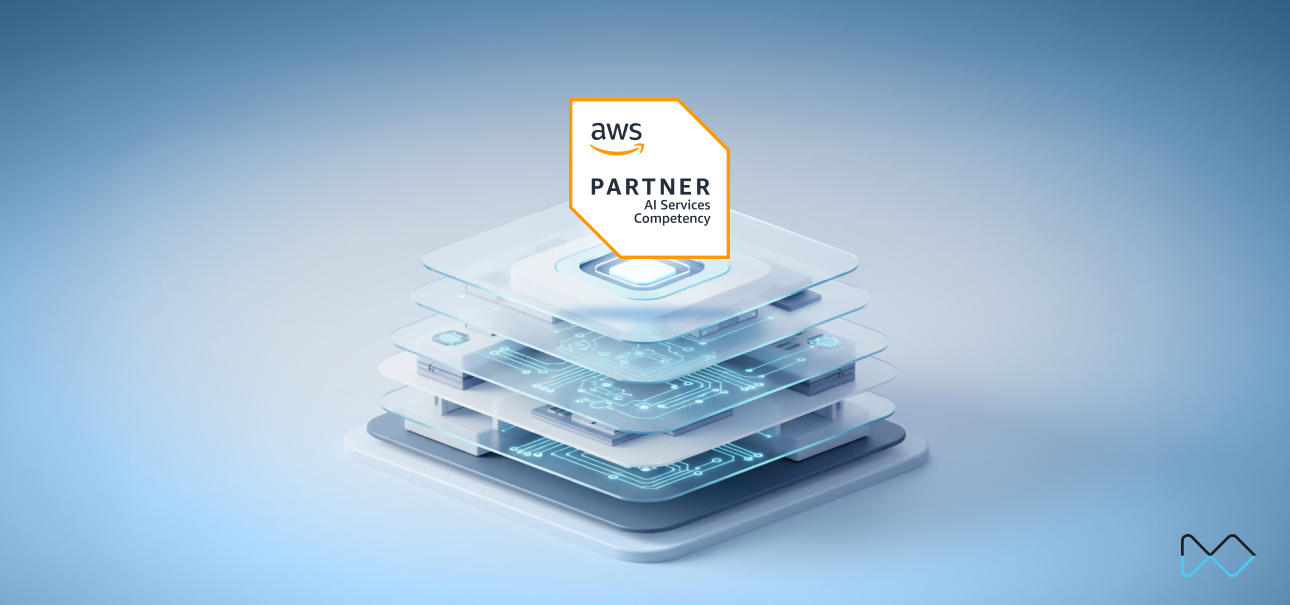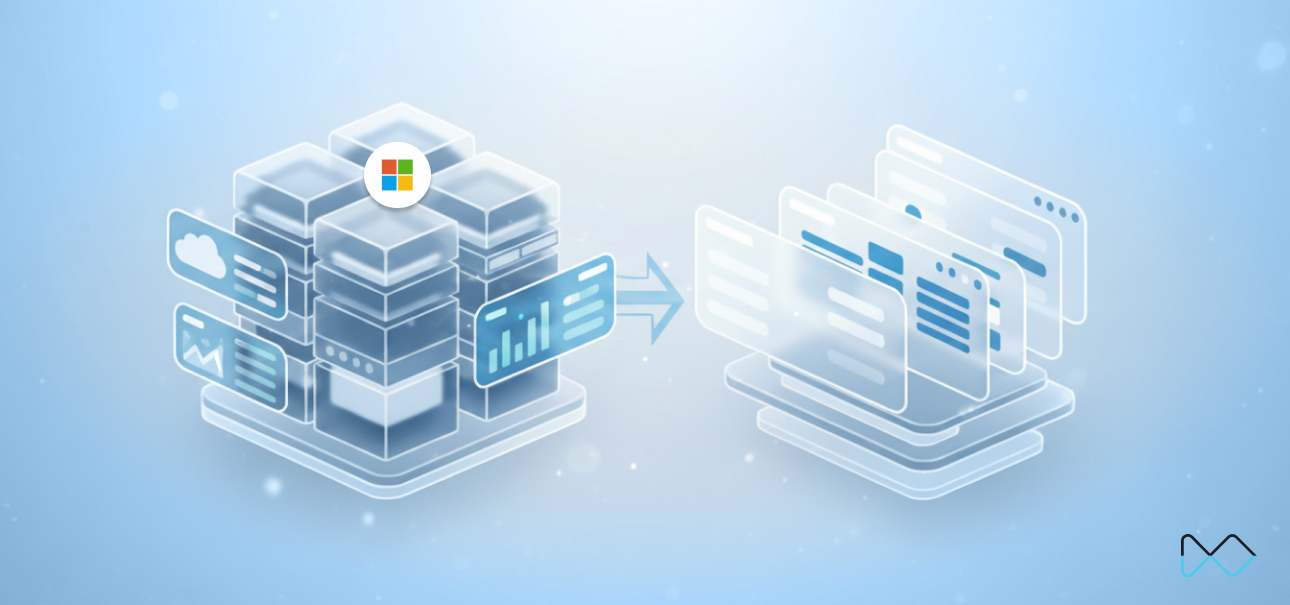Advancements in Data Analytics and Artificial Intelligence are set to fast track the Covid-19 vaccine development process
Everyone knows drug and vaccine development takes years from the actual start of production to the official release for public use. This is because it is impossible to know the full range of long-term effects of the vaccine or drug unless it has been tested for a long time on a large number of people. Effectively, there are five phases before a vaccine is allowed to be administered to the public and even the first few years of public usage fall under the purview of clinical tests. And because these phases take several years each, the full period of testing a vaccine takes a good one or two decades.
To put things in perspective, vaccine development starts with the pre-clinical phase, in which the vaccine is tested several times on non-human subjects to detect any gross pathological effects. Data collection and analysis is a big part of this phase as, depending on what kind of data is obtained, it is decided whether the vaccine should at all go into human testing. This is followed by Phase I or clinical testing, whereby a small number of subjects, usually around a hundred or less, are signed up for initial testing and calibration of the vaccine. This is the first time scientists and doctors get to see how the vaccine affects people, if it is safe and effective, and is viable enough to continue with. It typically takes 1-2 years to complete. The second phase increases the size of the test group to hundreds of people. Once the first phase greenlights the vaccine in terms of basic safety and efficacy, the second trial refines the results further. More information is gained regarding the optimal composition, concentration, dose, and schedule of the vaccine. This can take 2-3 years to wrap up.
The third phase of clinical trials expands the test group size to thousands for better statistical results in terms of the efficacy of the vaccine, its short and long-term effects, and any differences in results with immunological diversity. This will take about 2-4 years and is followed by the regulatory review stage. In this stage, government agencies and review groups evaluate the test results from the trials in connection with the application for the license to manufacture and distribute. It takes one or a couple of years, but once the license is obtained, the vaccine starts being distributed for public prophylaxis. Receivers of the vaccine are monitored closely to reveal the effects and efficacy of the vaccine in real-world conditions. All in all, a floor period of years is expected for vaccine development.
Unfortunately, for the SARS-CoV-2, or Coronavirus, such a long period is a luxury. The development of a vaccine against the COVID-19 virus is a race against time, with many pinning the total development time at 12-18 months. 202 vaccines are already in development, and at least 24 are in various stages of clinical trials. Some of the most notable are the AZD1222, BNT162, Gam-COVID-Vac, and the ZyCoV-D, which have shown promise and are being touted as the next big saviors of the world.
How Can Data Analytics and AI Make This Timescale a Reality
One of the biggest contributions to medical science has been the ability to correctly simulate and predict the interaction of compounds and chemicals in silico. This technique is already in use in the form of molecular modeling. It can be used effectively to help shortlist the different categories that will be most effective as a vaccine, like the live attenuated virus, inactivated virus, DNA-based or RNA-based virulent factors, protein subunit, replicating or non-replicating viral vector, virus-like particle, etc. By specifying and modulating the number of biological factors to consider, the interaction of compounds can be predicted with a high level of accuracy. But this is just the magic of AI. Next comes data analytics.
Data analytics will help screen through volumes of the data thus obtained to correctly estimate and grade which interaction is closer to the results being expected for the vaccine to work. The required variables will need to be set and trigger values attributed, and then, the data analytics software can be let loose on it. What would take humans years to quantify and qualify, data analytics models will do in hours. This will help strike out the ineffective items that may have cost a substantial investment of time, money, and skill and also broadly order options in terms of effectiveness or success rate. The result? Optimization of resources towards candidate vaccines in a manner that guarantees better and faster results.
Application of Data Analytics and AI in Vaccine Discovery
When we are talking about experiments and tests involving vaccines, needless to say, the volume and variety of data will be massive. This means both Big Data and deep learning will play a huge part when it comes to the vaccine development process. Here are some ways Data Analytics and AI can and have helped accelerate the process tenfold.
Initial Screening Speed-up
The one thing that is quite evident by now is vaccine testing starts with tens, if not hundreds, of possibilities that must be tested and either included or struck off. Each possibility will have numerous subsets of probabilities depending on various interconnected factors. The amount of data could fill rooms of servers and take years to corroborate and conclude. But self-learning neural networks can come to the rescue here. They can analyze terabyte after terabyte of data in seconds, coming up with patterns, associations, and classifications easily. This is not just because, compared to humans, they will be able to take into account the entire dataset when working out these patterns, but also because machine learning algorithms can detect even micro-connections with a level of granularity that will escape human perception.
DOE Efficiency
AI can also assist in the Design of Experiments or DOE. By correctly screening raw experiment data and test conditions, it can come up with the most effective model to put the given data to test. It will be able to better suggest modifications in experiments without trial-and-error based on changing parameters and predict the expected responses accurately. Based on the results of the regression analysis thus performed, the important variables and constants can be detected, and accordingly, a viable working model built. Such accurate characterization can help let go of unnecessary factors from the get-go, streamlining the process and helping reduce the number and complexity of experiments. Not only is precious money saved in the process but time too.
Microscopic Analysis
Just as in medical science, data analytics can not only go macro when analyzing data, but it can also go micro. Just as it can compare and comprehend trends in supersets of data, it can also look for micro-patterns and interactions at a level no human can reach. Data can be examined down to the molecular level, helping scientists gain insight into the true effect of a vaccine. Pseudo-results have often clouded experiment results and wasted resources. Big Data analysis can help rule out such cases by comparing results down to the smallest detail with volumes and volumes of past and current information.
Faster Scale-up
Whenever, in an experiment, a variable is added, the number of control tests does not increase by one. It increases by a factor decided by the number of variables already being considered. This is because in most cases, it is not known for sure which permutation and combination of existing variables can affect the result of the new variable. Just consider that when going from 1 to 2 variables, 1 control is needed, while from 2 to 3, typically, 3 would be needed, but when going from 3 to 4, 7 would be necessary. Doing these experiments at a human pace could severely slow down the development process. However, an AI-powered statistical analysis program can rapidly perform multivariate data analysis to pinpoint avenues worth pursuing and reduce the required number of experiments, variables, and test batches by many.
Manufacture Optimization
Even beyond the laboratory, data analytics can aid in streamlining the mass production process and help get the vaccine to more people faster. This is a key factor, especially in the fight against COVID. Data analytics can be coupled with real-time identification and analysis technologies to remotely control every aspect and stage of the manufacturing process without having to change the platform or the overseer. A lot of times, manufacturers fall behind in production because they have to wait for their license or approval, creating a void in the market. By utilizing AI and data analytics, production and inventory can be optimized to cater to the public.
Conclusion
Artificial intelligence can take the place of thousands of scientists to perform analysis and modeling tasks, allowing them to focus on key areas that absolutely cannot be replaced by AI. Whether it be inspecting the chemical composition of the virus to determine the virulence-causing unit, verifying the safety and efficacy of a molecule, or deciding which data to eliminate and which to include from among a vast pile, data analytics, driven by AI, can optimize the entire process of vaccine development, economizing on time, money, resources, people, effort, and more. Only time can tell if these advances in AI technology will help hasten the introduction and global deployment of the COVID-19 vaccine to arrest the advancement of the crisis.





